10 Safety Musts for Fishing in Remote Areas
Fishing in remote areas offers unparalleled experiences – pristine waters, abundant catches, and serene natural beauty far from crowded shores. However, this isolation also presents unique safety challenges that require careful preparation and awareness. From unpredictable weather to limited communication options and potential wildlife encounters, anglers venturing into backcountry fishing spots must prioritize safety alongside their pursuit of the perfect catch.
Whether you’re planning a multi-day expedition into wilderness waters or a day trip to a secluded lake, these ten essential safety considerations will help ensure your remote fishing adventure remains memorable for all the right reasons.
Comprehensive Trip Planning

Before heading to remote fishing locations, thorough trip planning serves as your first line of defense against potential dangers. Always research your destination extensively, including seasonal weather patterns, terrain challenges, and any location-specific hazards like swift currents or dangerous wildlife. Create a detailed itinerary that includes your planned route, fishing spots, and estimated return time, then share this information with at least two trusted contacts who aren’t joining the trip.
Include contingency plans for various scenarios such as unexpected weather changes or injuries, mapping out alternative routes and identifying potential emergency exit points. Remember that in remote areas, self-reliance becomes crucial, so your planning should account for situations where outside assistance may be hours or even days away.
Emergency Communication Tools
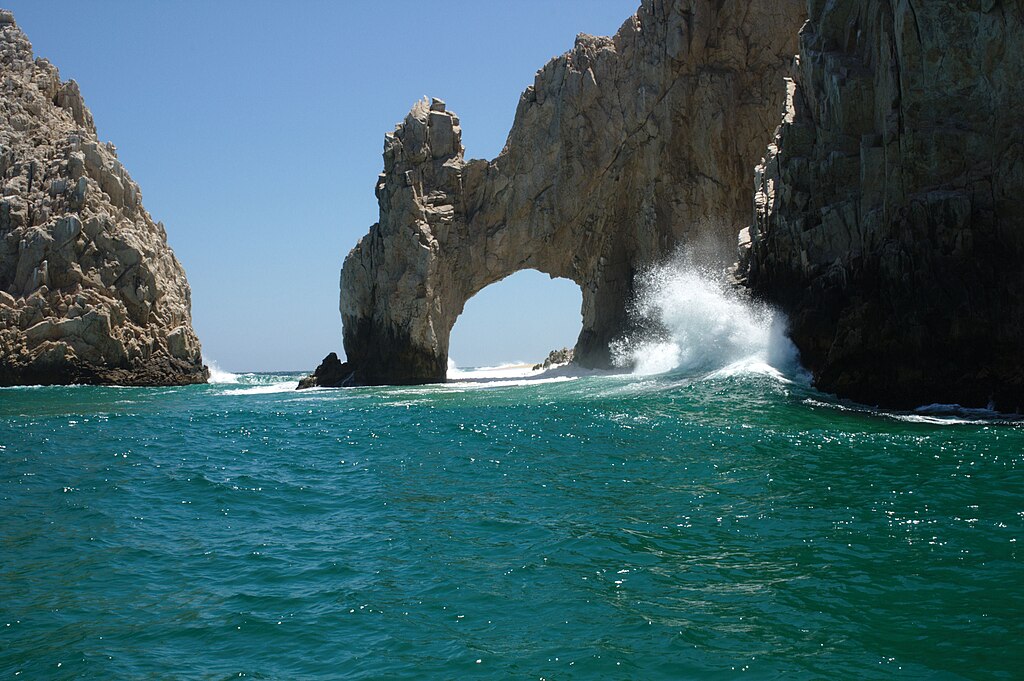
Cell phone coverage is often nonexistent in truly remote fishing areas, making alternative communication methods essential for safety. Consider investing in a satellite phone or a personal locator beacon (PLB) that can function without cellular networks, allowing you to call for help from virtually anywhere. Consider satellite messaging devices like the Garmin inReach or SPOT, which offer two-way text communication and emergency SOS capabilities with global coverage.
Always test all communication equipment before departing and carry backup power sources like solar chargers or extra batteries specifically sized for your devices. Remember that in life-threatening emergencies, activation of a PLB will alert search and rescue teams to your precise GPS coordinates, potentially making the difference between a rescue and a tragedy.
First Aid Preparedness
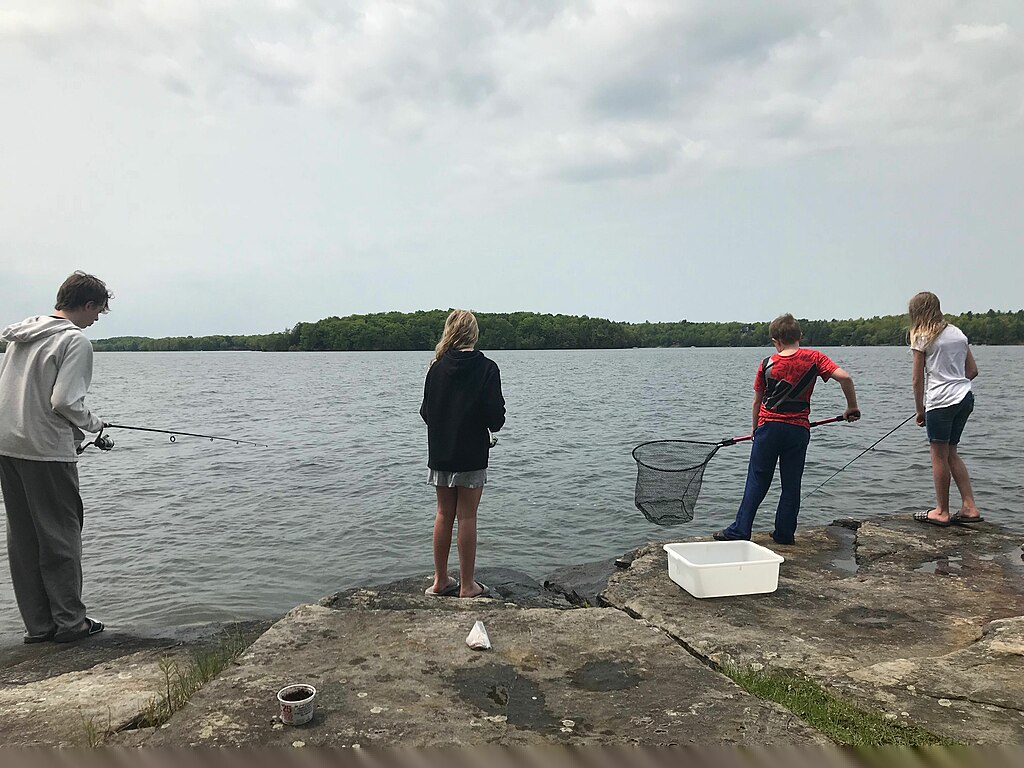
Remote fishing locations require comprehensive first aid preparation well beyond basic bandages and antiseptic. Invest in a waterproof, fishing-specific first aid kit that includes items for treating hook injuries, burns, sprains, hypothermia, and allergic reactions – then customize it with any personal medications and additional supplies based on your specific destination.
Take a wilderness first aid course to learn how to handle medical emergencies when professional help may be hours or days away, with a focus on stabilizing injuries and managing patients for extended periods. Pay special attention to wound care knowledge, as fishing environments combine the risk of puncture wounds with the presence of abundant bacteria in both water and fish, creating ideal conditions for infections.
Consider carrying a satellite-enabled emergency device that can transmit your coordinates to first responders if a serious medical situation develops beyond your ability to manage.
Weather Monitoring Systems

Weather conditions in remote areas can change rapidly and dramatically, creating potentially life-threatening situations for unprepared anglers. Invest in a portable weather radio that receives NOAA weather alerts, providing advance warning of approaching storms, flash floods, or other dangerous conditions that might not be immediately apparent.
Supplement electronic forecasting with knowledge of how to read natural weather signs such as cloud formations, wind shifts, dropping barometric pressure, and animal behavior changes that often precede severe weather. Establish clear personal safety thresholds – specific conditions under which you’ll immediately seek shelter or evacuate the area – and stick to these predetermined limits regardless of how good the fishing might be.
Remember that in many remote water bodies, conditions can transform from calm to dangerous within minutes, particularly in mountain lakes, canyons, and coastal areas where weather systems can arrive with little visible warning.
Proper Navigation Tools
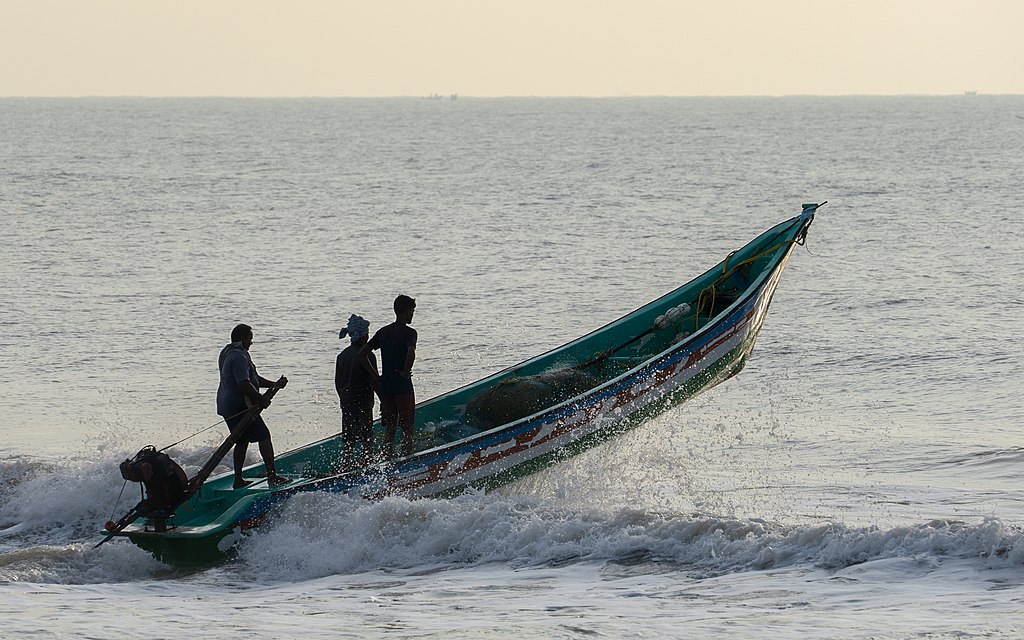
Getting lost in remote fishing areas can quickly escalate from inconvenience to emergency, making reliable navigation tools absolutely essential. Carry redundant navigation systems including physical maps in waterproof containers, a compass you know how to use, and GPS devices with pre-downloaded maps of your fishing area since cellular data service cannot be relied upon.
Mark waypoints at your entry point, camp location, and vehicle before venturing further to ensure you can find your way back even in low-visibility conditions or if landmarks become difficult to recognize. Learn to triangulate your position using visible landmarks and practice these skills before your trip, as battery-powered navigation devices can fail when most needed.
Consider using trail markers or flagging tape in particularly confusing terrain, though always remove these when departing to minimize environmental impact.
Appropriate Clothing and Personal Flotation Devices
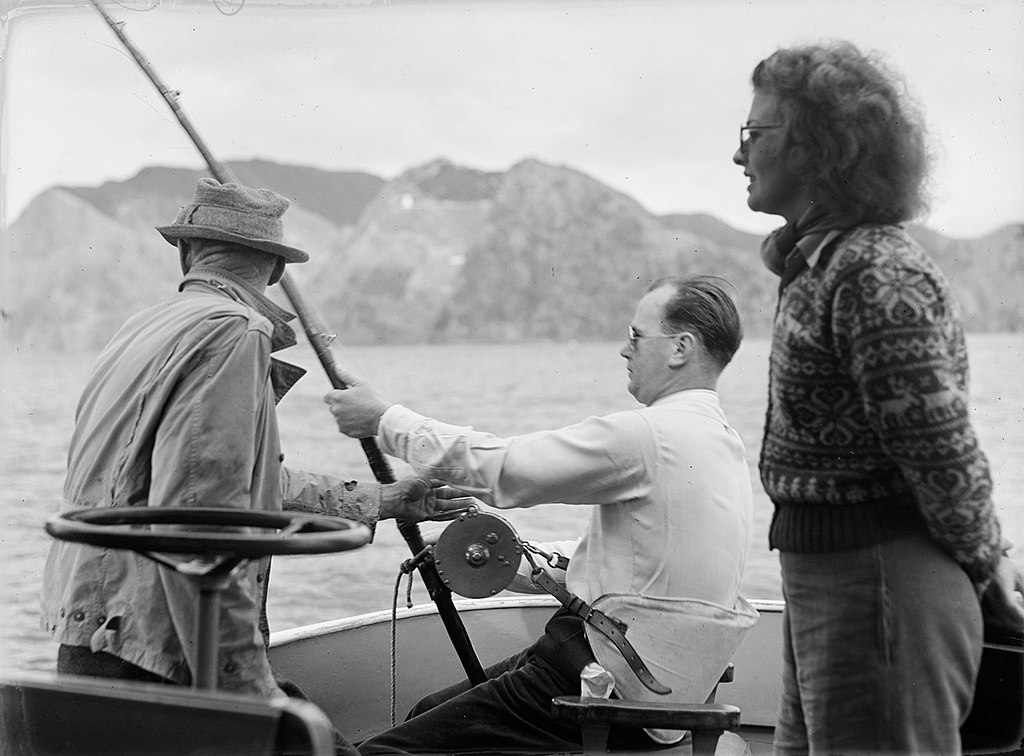
In remote fishing locations, your clothing becomes critical safety equipment rather than just comfort items. Dress in moisture-wicking layers that can adapt to changing conditions, avoiding cotton which becomes dangerously cold when wet and instead choosing quick-drying synthetic or wool materials.
Always wear a properly fitted, Coast Guard-approved personal flotation device (PFD) when on or near water, regardless of your swimming ability or water conditions – in remote areas, even strong swimmers can be overcome by cold water shock, underwater hazards, or currents. Pack additional warm clothing and rain gear even on seemingly clear days, as hypothermia remains a leading danger for remote anglers caught unprepared by weather changes or unexpected immersion.
Consider specialized fishing clothing with integrated sun protection, as severe sunburn in remote locations can progress to sun poisoning that impairs judgment and physical capabilities when self-reliance is most critical.
Wildlife Safety Knowledge

Remote fishing often places anglers in direct contact with wildlife that may perceive humans as threats or, in some cases, potential food sources. Research the specific dangerous wildlife in your fishing destination, learning proper response protocols for potential encounters with bears, mountain lions, venomous snakes, or other regional threats.
Store food and fish properly using wildlife-resistant containers or appropriate hanging techniques to avoid attracting predators to your fishing or camping location. Learn to recognize warning signs of territorial behavior in various species and maintain appropriate distances from all wildlife, regardless of how docile they may appear.
Consider carrying EPA-registered bear spray when fishing in bear country and practice quick-draw techniques, as fishing activities that produce food smells can attract bears and proper response time may be limited.
Essential Survival Supplies
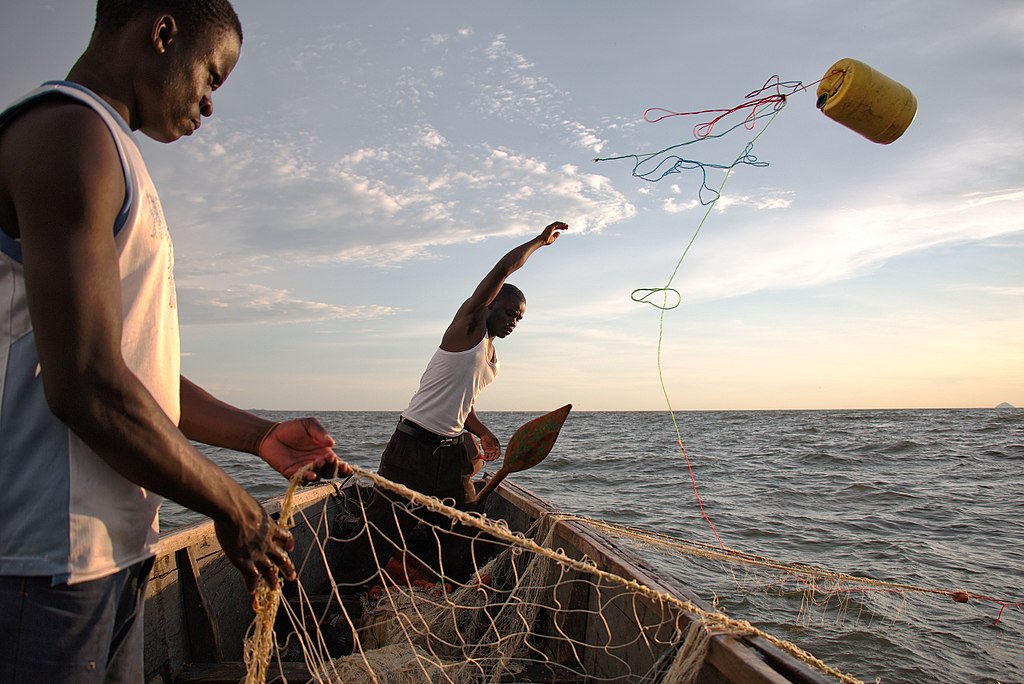
Every remote fishing trip should include a carefully considered survival kit that enables you to handle unexpected overnight stays or emergency situations. Pack a compact survival kit including fire-starting materials (multiple methods), emergency shelter like a space blanket or tarp, water purification tools, high-calorie food rations, and signaling devices such as a whistle and mirror.
Include multi-purpose tools like a quality knife and paracord that can address various survival needs from shelter construction to emergency repairs. Distribute critical survival items among your fishing party rather than centralizing everything with one person, ensuring basic survival capabilities remain even if the group becomes separated or gear is lost.
Remember that in remote areas, the standard survival rule of threes applies – you can survive roughly three minutes without air, three hours without proper shelter in harsh conditions, three days without water, and three weeks without food.
Water Safety Protocols

Water environments present unique hazards that require specific safety protocols, especially in remote areas where rescue resources are limited or nonexistent. Always wear appropriate footwear with good traction when wading, using a wading staff for additional stability on slippery or uneven stream beds that can cause dangerous falls.
Learn to read water conditions to identify hazards like strainers, hydraulics, and undercut banks that can trap even experienced swimmers, and always maintain a safe distance from these features. Establish clear procedures for water crossings, never attempting to ford streams or rivers above knee height during high flows, and always unbuckling backpack waist straps before crossing so gear can be quickly abandoned if you lose footing.
When fishing from watercraft in remote areas, follow a heightened standard of boating safety including staying well within the capacity limits of your vessel and always wearing PFDs, as capsizing far from assistance can quickly become life-threatening.
Partner System Implementation
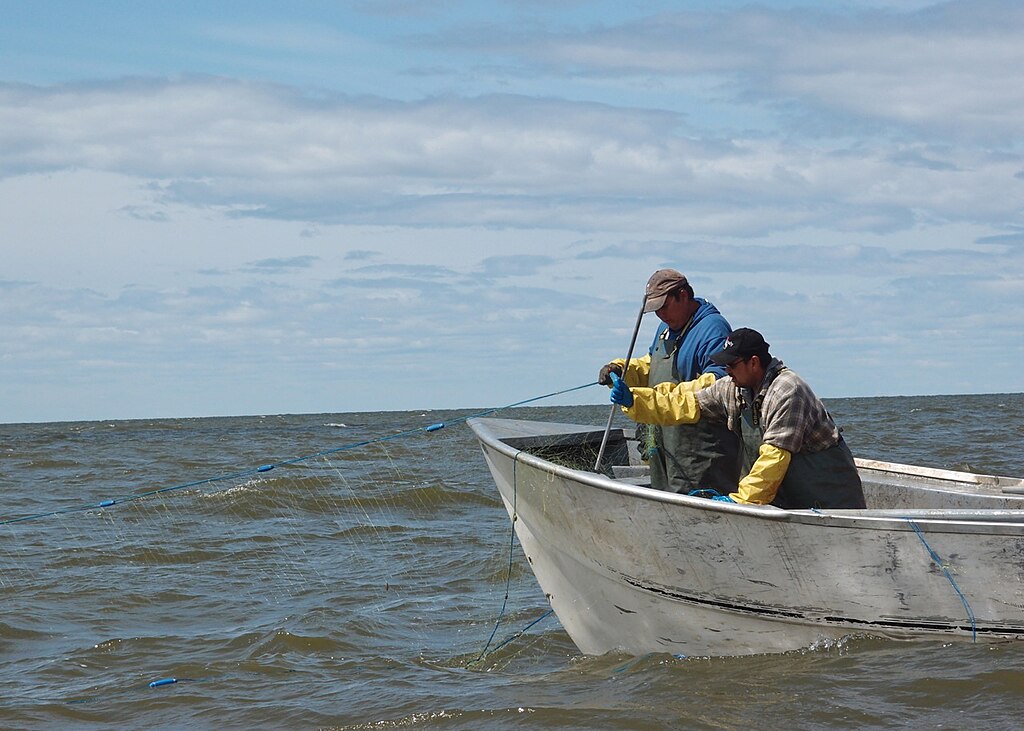
The buddy system takes on critical importance when fishing remote waters, providing an immediate safety backup should accidents occur. Whenever possible, fish with at least one partner and maintain visual or voice contact throughout your fishing activities, establishing regular check-in intervals if you temporarily separate.
Develop clear emergency response plans with your fishing partners, including predetermined meeting points and actions to take if someone fails to return at an agreed time. Ensure all members of your group know how to operate all safety equipment including communication devices, first aid supplies, and navigation tools rather than relying on a single “expert” who might become incapacitated.
Consider that in truly remote areas, your fishing partner may become your only source of emergency assistance, making their awareness of your location and activities a fundamental safety protocol rather than an optional courtesy.
Physical Conditioning and Limits

Remote fishing often demands significant physical exertion in challenging environments where help is unavailable, making honest assessment of your capabilities essential for safety. Prepare physically for your specific fishing destination by training for the anticipated challenges, whether that’s hiking with loaded packs, managing elevation changes, or building stamina for long days in variable conditions.
Know your personal limitations regarding distance, terrain difficulty, water conditions, and weather tolerance, then plan your fishing activities well within those boundaries rather than at their edges. Maintain awareness of early warning signs of physical problems like dehydration, heat exhaustion, or hypothermia, and address these conditions immediately before they progress to more serious stages.
Remember that in remote settings, even minor physical ailments can quickly compound into dangerous situations when extraction is difficult, making prevention through proper conditioning and self-awareness your most reliable safety strategy.
Regular Skills Practice and Updates
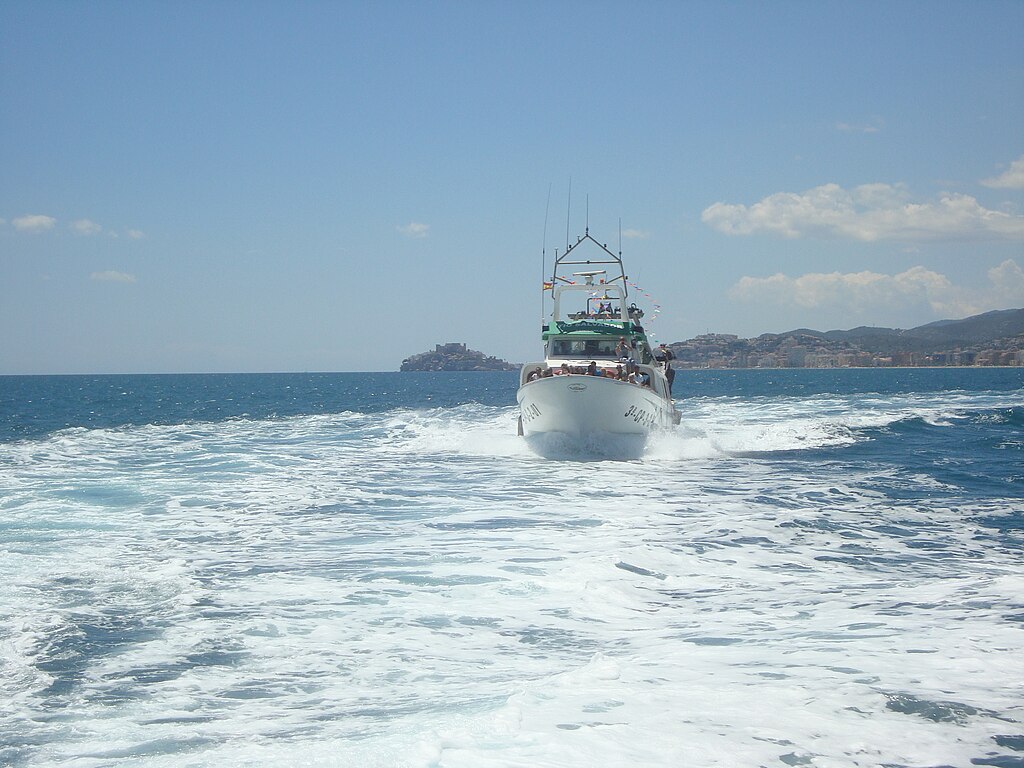
Safety in remote fishing areas requires ongoing skill development and regular updating of both knowledge and equipment. Schedule regular practice sessions for critical safety skills like navigation, first aid, and emergency communication, ensuring these abilities remain sharp rather than degrading between fishing trips.
Update your safety equipment regularly, checking expiration dates on first aid supplies, testing electronic devices, and replacing items that show wear or damage before they fail in critical situations. Stay informed about changing conditions or new hazards in your preferred fishing areas through ranger stations, fishing forums, or conservation groups that monitor these locations.
Consider participating in formal wilderness safety courses like Wilderness First Responder training or swift water rescue classes if you frequently fish in particularly challenging or isolated environments. These specialized skills can prove invaluable during emergencies.
Conclusion
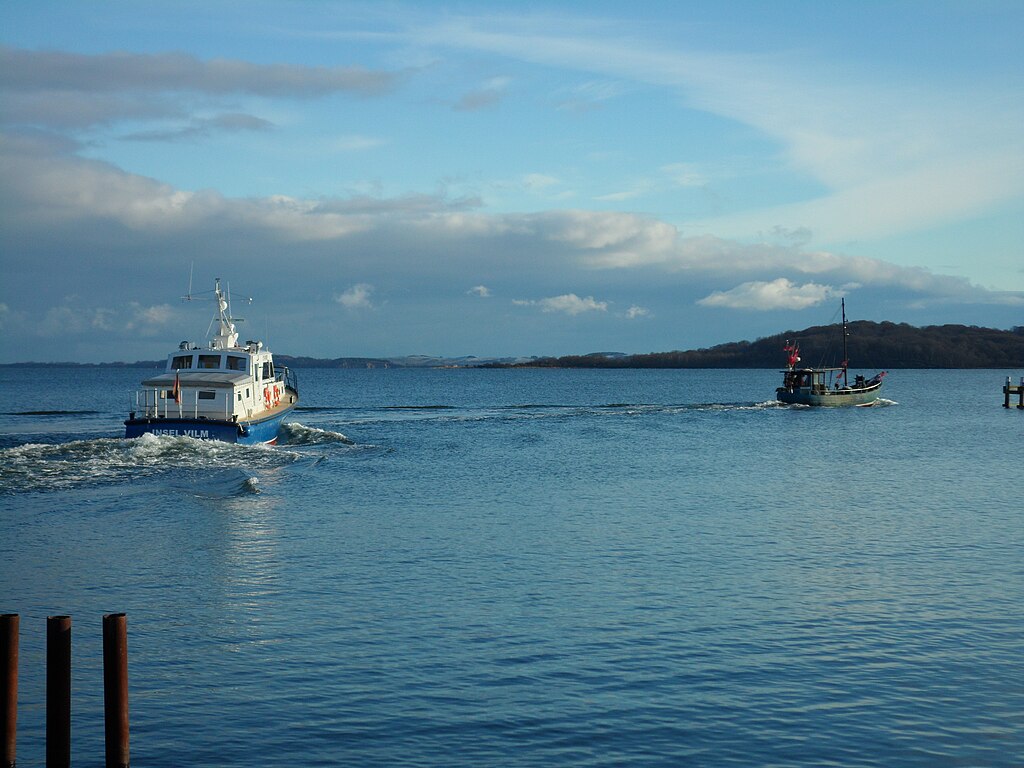
Remote fishing offers unparalleled experiences and the opportunity to connect with nature in its most pristine form, but this privilege comes with the responsibility of thorough safety preparation. By embracing these ten safety essentials – from comprehensive trip planning to ongoing skills development – anglers can significantly reduce risks while still enjoying the solitude and exceptional fishing that remote waters provide.
Remember that in isolated locations, your safety ultimately depends on your preparation, awareness, and good judgment. Pack your safety knowledge as carefully as you pack your fishing gear, and you’ll be ready to safely enjoy some of the most rewarding angling experiences available, returning home with nothing more serious than great fishing stories and perhaps a few mosquito bites.

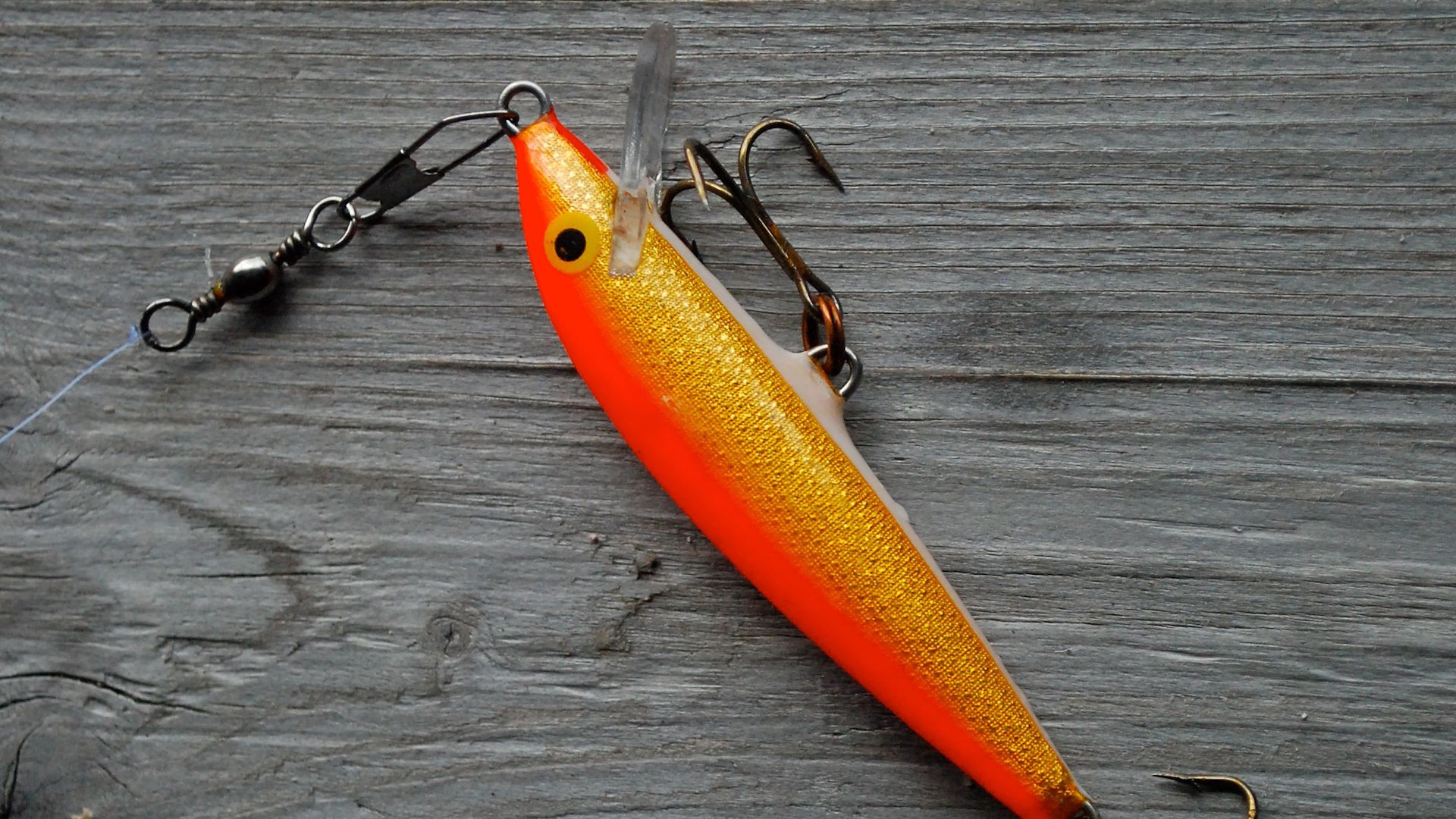


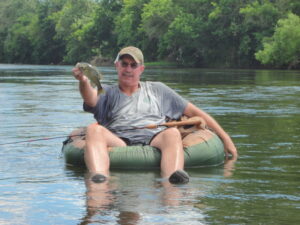
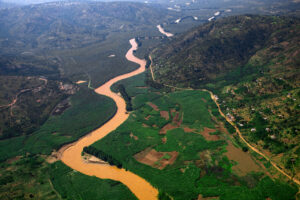








Post Comment